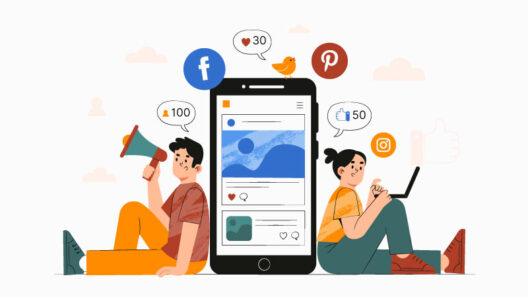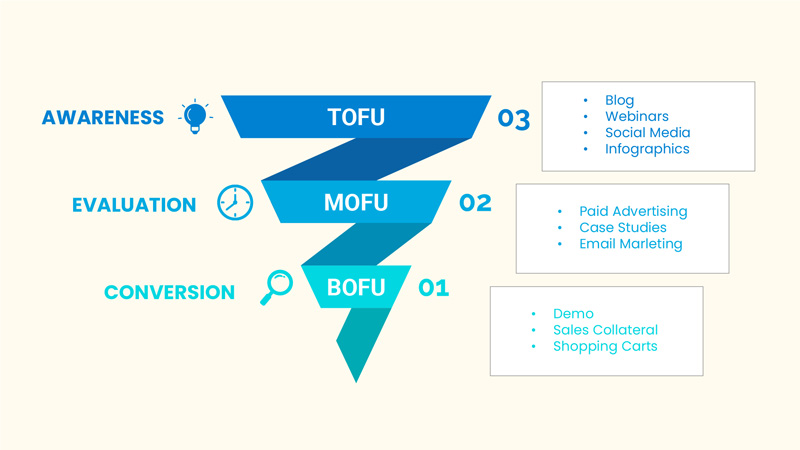Within the realm of SEO, one often hears about the importance of headlines. But what exactly is an SEO headline, why does it matter, and how does optimizing headlines impact SEO? Let’s delve into the intricacies of this critical aspect of content optimization.
What are SEO Headlines?
SEO headlines, or search engine–optimized headlines, are strategically crafted titles that appeal to both search engines and human readers. Their purpose is to clearly communicate your content’s topic, include target keywords, and persuade users to click.
A strong SEO headline not only improves your visibility in search engine results but also acts as your content’s first impression, directly influencing whether users visit your page.
Key characteristics of SEO headlines include:
- Relevance: The headline should accurately represent your content’s core topic and align with search intent.
- Keyword Optimization: Naturally include high-impact keywords to help search engines understand context.
- Clarity and Conciseness: Avoid vague or overly long titles. 50–65 characters works best.
- Emotional or Curiosity Triggers: Use power words, numbers, or questions to entice clicks.
- HTML Tags: Properly structure your headings (H1, H2, etc.) to help search engines crawl and categorize your content.
Example of an SEO headline:
“10 Proven SEO Strategies to Boost Google Rankings in 2025”
Do not use like – “SEO Tips”
Why Do SEO Headlines Matter?
SEO headlines matter for several reasons, playing a pivotal role in the success of online content. Here are key reasons why SEO headlines are crucial:
1. First Impressions and Click-Through Rates (CTR)
The headline is your first opportunity to win a click. A compelling title increases your CTR, signaling to Google that users find your result relevant. Higher CTR often leads to better rankings.
2. Improved Search Engine Visibility
Optimized headlines with the right keywords help search engines better understand your content, increasing your chances of ranking for relevant searches.
3. Better Keyword Targeting
Including well-researched keywords in your headlines boosts topical relevance, making it easier for your content to appear in featured snippets, People Also Ask, and related search results.
4. Enhanced User Experience and Engagement
A headline that matches user intent reduces bounce rate and improves engagement. When readers find exactly what they expect, they stay longer which sends positive ranking signals.
5. Stronger Social Media Performance
Catchy, curiosity-driven headlines tend to get more shares and engagement on social platforms. This increases your content’s reach and can earn natural backlinks.
6. Builds Brand Authority and Recognition
Consistently using impactful, branded headlines helps establish your voice and builds authority. Over time, users recognize and trust your content, a major long-term SEO benefit.
How Optimizing Headlines Impacts SEO
Optimizing headlines significantly impacts SEO by influencing various factors that search engines consider when ranking and displaying content in search results.
Here’s how optimizing headlines impacts SEO:
1. Boosts Organic Visibility
Optimized headlines help search engines correctly interpret your content’s context, improving visibility across keyword variations and semantic searches.
2. Increases Click-Through Rates (CTR)
Headlines that use numbers, emotional hooks, or strong verbs (“Proven,” “Ultimate,” “Powerful”) outperform generic ones, driving higher CTR and better engagement metrics.
3. Strengthens Keyword Relevance
Headline optimization helps align your content with user intent, making it more likely to rank for target phrases and related searches.
4. Lowers Bounce Rates
When your headline promises exactly what the page delivers, visitors stay longer. This reduces bounce rate, a key user signal Google uses to measure content satisfaction.
5. Enhances Social Visibility
Share-worthy headlines travel fast on social platforms, amplifying your content reach and generating secondary SEO benefits through backlinks and branded mentions.
6. Supports Algorithm Updates
Google’s evolving algorithms increasingly reward user intent, clarity, and engagement, all of which headline optimization directly influences.cial aspect of SEO that directly impacts search engine visibility, user engagement, and overall content performance. By aligning your headlines with user intent and search engine algorithms, you enhance the chances of your content ranking higher and attracting a larger, more engaged audience.
How to Write SEO Headlines That Rank and Convert
- Use Numbers and Power Words – Example: “7 Proven Ways to Double Your Traffic in 30 Days.”
- Front-Load Keywords – Place your main keyword near the start of the headline.
- Match Search Intent – Align your title with what users are actually looking for.
- Keep It Within 60 Characters – Prevent truncation in SERPs.
- A/B Test Headlines – Use tools like Google Optimize or social media testing to see which performs better.
- Add Emotional Impact – Use words like “Ultimate,” “Proven,” “Essential,” or “Powerful.”
Conclusion
Your headline is more than just a title, it’s your content’s gateway to visibility and engagement. A well-optimized SEO headline improves click-through rates, strengthens search visibility, and enhances user satisfaction.
By blending clarity, keyword precision, and emotional appeal, you can craft headlines that not only rank but also inspire action. Remember, in SEO, you don’t just write for search engines; you write for humans who use them.
Learn more about content writing strategy.
Frequently Asked Questions
Keep your headline under 60–65 characters to ensure it displays fully on search results without being cut off.
Use one primary keyword naturally and optionally a secondary keyword if it fits seamlessly. Avoid keyword stuffing.
Yes. Every page or blog post should have a unique, optimized H1 headline that reflects its topic and purpose.
Tools like CoSchedule Headline Analyzer, Sharethrough, and AnswerThePublic can help you refine headline structure and emotional impact.
Yes. Headlines with numbers (e.g., “10 Tips…”, “5 Strategies…”) tend to receive 73% more clicks than non-numbered ones.




